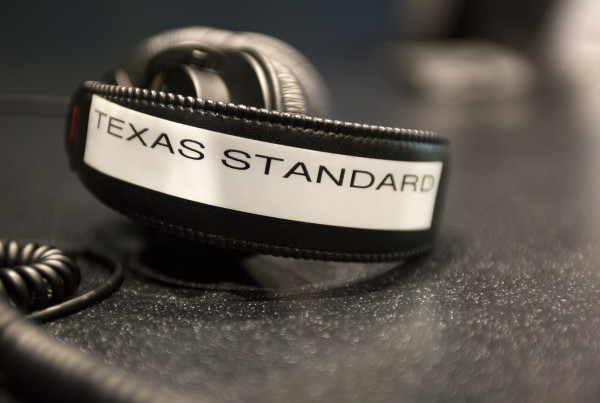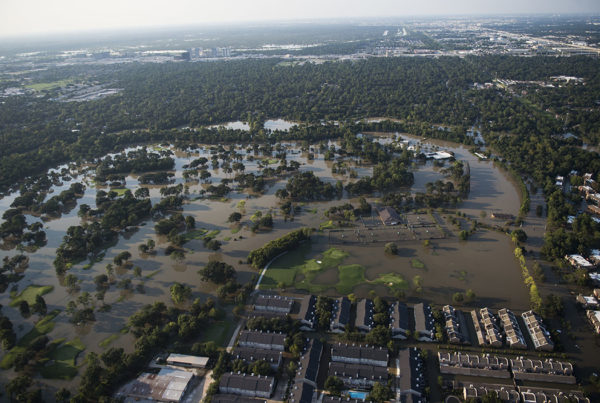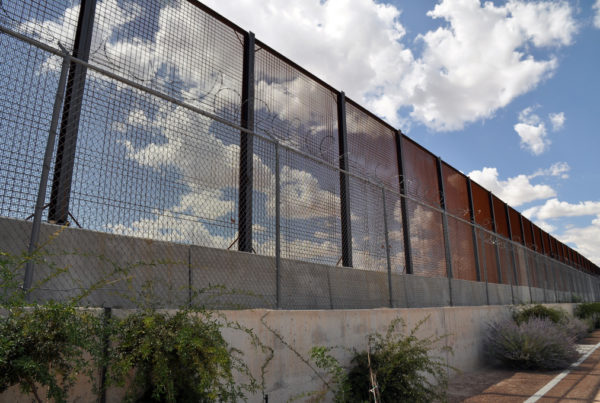Climate change research has been going on for decades. It shows that the ice in Antarctica and Greenland has been rapidly melting due to greenhouse gas emissions, causing sea levels and the Earth’s temperature to rise. In his recent research, UT geophysicist Jamin Greenbaum found that the way ice shelves are interacting on ice affected by climate change is speeding up the melting process.
Despite warnings from researchers, Greenbaum says that the ice sheets in Iceland and Greenland are melting faster than previously thought.
“What we’ve found in this latest paper is not only are they melting from the top and the bottom, but that those two processes, the melting from the top and the bottom, are working together in a way that will destabilize ice shelves faster than we thought,” Greenbaum says.
His team’s research studied Earth patterns during the last heat wave, about 130,000 years ago. Greenbaum says that rising sea levels will affect the earth dramatically and is most likely unavoidable.
“The thing to bring home is that in the world, you cannot find that much sea level anywhere other than Antarctica and Greenland. We are looking for the places in Antarctica that have likely contributed to that sea level in the past and that therefore, would likely do it again,” Greenbaum says. “Climate change is happening and we will either mitigate some of it or none of it, but the reality of sea level rise is not going away.”
Written by Haley Butler.














